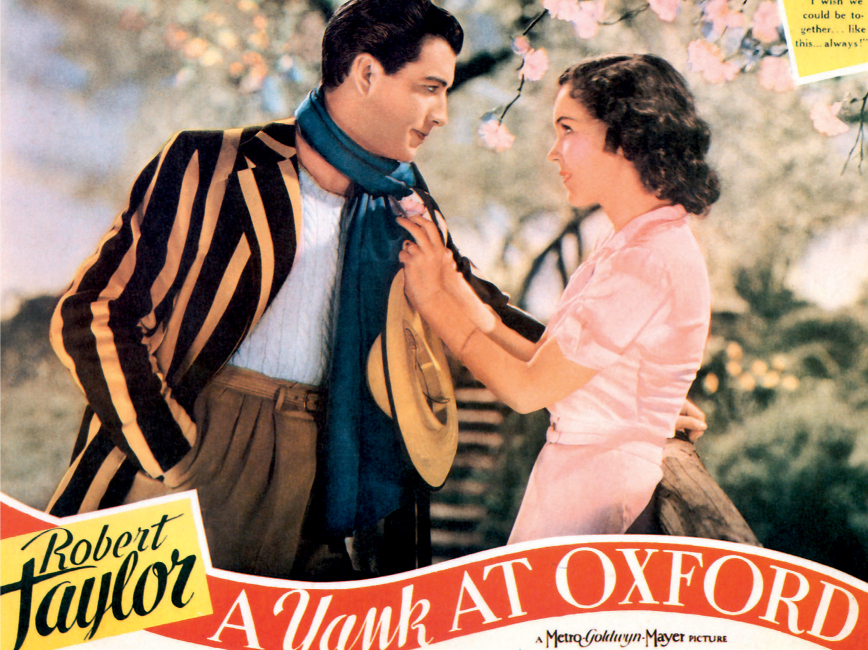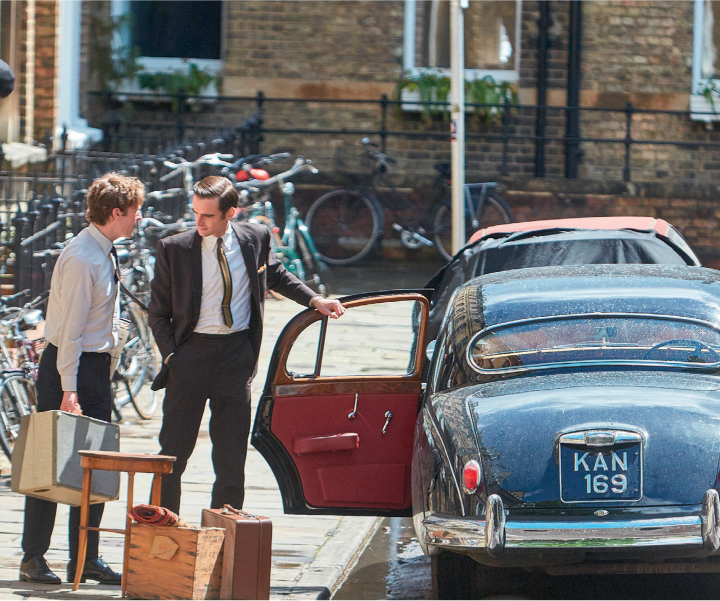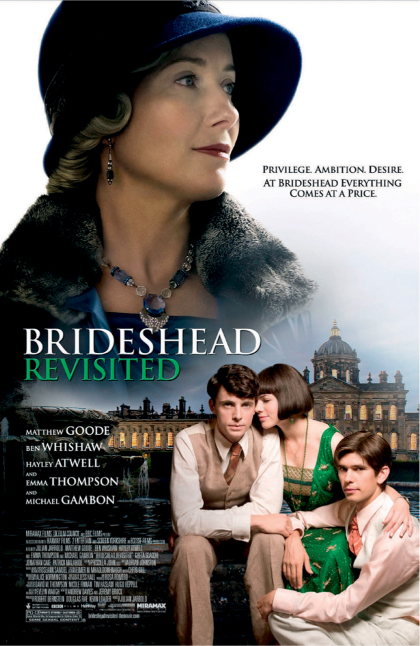Contents
Guide

Setting the Scene
a city steeped in storytelling a place where the past and the present jostle each other on the pavement
The camera pans over domes and spires, cobbled squares and neo-classical pediments From Harold Pinters Accident (1967) to Harry Potters Hogwarts, Oxfords ancient and beautiful buildings have appeared in dozens of movies and TV series in the last half-century or so. This guidebook takes you to the citys best-loved sights, whether its Lyras college playgrounds, the cloisters where Harry Potter learns about Quidditch, or a lamppost straight out of C.S. Lewiss Narnia.
In recent years, the cast of Mamma Mia! have cycled over Oxford cobbles for an irrepressible sequel Here We Go Again (2018) and the glowing stained glass of Exeter chapel formed a backdrop for evil sorcery in Doctor Strange (2016).
Supercars screeched down ancient Holywell Street in Transformers: The Last Knight (2017) while, down the road, Emma Stone and Rachel Weisz starred in The Favourite (2018) as rivals for the attention of Queen Anne (Olivia Colman).
Oxford colleges, libraries, chapels and museums have not only been locations for films, they also inspired the original stories from Shadowlands, the story of C.S. Lewis, filmed in the authors college, Magdalen, to The Golden Compass, Philip Pullmans Oxford-based fantasy, where Exeter becomes fictional Jordan College. Pullman has called Oxford a city steeped in storytelling, a place where the past and the present jostle each other on the pavement. Perhaps it is this that makes it such a magnet for filmmakers.
The walks in this book take in some of the citys most delightful and interesting corners and venture out into the nearby countryside, to pubs and palaces, farms and forests. You can, of course, enjoy them without seeing the films. But fans of Inspector Morse or Harry Potter, Lord of the Rings or Downton Abbey will find these landscapes full of familiar sights and inspirational places.

A familiar view across the Oxford skyline with its towers and distant hills
Oxford Inspiration
Stories just seem to pour out of Oxford. The walks in this book explore some of the inspirations and locations associated with Oxfords most famous writers, such as Lewis Carroll and Philip Pullman. C.S. Lewis, who wrote the Narnia books, and J.R.R. Tolkien, author of The Lord of the Rings, met over tea in 1926 and grew to be friends, discussing their ideas in a group known as the Inklings, which often met in the Eagle and Child pub.
In the film Shadowlands (1993), about the life of C.S. Lewis, Anthony Hopkins played the author, and Debra Winger was his wife, Joy. In The Golden Compass (2007), the film of Philip Pullmans novel, Lyra grows up in Jordan College, a fictional institution based on the authors old college, Exeter. Pullmans works are some of the more recent additions to the venerable tradition of stories set and filmed in Oxford, from Brideshead Revisited to Morse and beyond. A novel by Nicholas Mosley inspired Harold Pinters portentous screenplay for Accident (1967); it centres on a pipe-smoking, married Oxford don (Dirk Bogarde) in love with his aristocratic Austrian student.
In 1981, the celebrated TV mini-series of Brideshead Revisited, based on the novel by Evelyn Waugh, was filmed partly in Hertford, Waughs old college even using his old room. Charles Ryder (Jeremy Irons) is supposed to be studying here, while Sebastian Flyte (Anthony Andrews) is at Christ Church. In the 2008 film, Lincoln represents both colleges, while in both the film and TV series the Brideshead estate itself is represented by Castle Howard in Yorkshire.

Robert Taylor and Maureen OSullivan on a film poster for A Yank at Oxford (1938), remade on location as Oxford Blues (1984)

Filming of ITV drama Endeavour in Oxford with actors Shaun Evans and Jack Laskey in 2015

The poster for the film version of Brideshead Revisited (2008), starring Emma Thompson
Oxford Blues (1984) was a remake of the 1938 film called A Yank at Oxford starring Vivien Leigh and Robert Taylor. Rob Lowe played Las Vegas casino worker Nick Di Angelo, studying at Oxford in the hope of impressing glamorous Lady Victoria its packed with recognisable locations, including Oriel College. Not long after filming A Fish Called Wanda, Michael Palin was back in town, playing an Oxford don in American Friends (1991). Also partly set in the university, True Blue (1996) adapts Daniel Topolskis book about a mutiny among the Oxford team training for the Oxford and Cambridge boat race.
Oxford-based author Colin Dexter created the character of Inspector Morse and Dexters mystery novels became a popular ITV drama. Both as the young detective in Endeavour (played by Shaun Evans) and as the original veteran inspector (John Thaw), Morse has solved countless murders in Oxford, as has erstwhile sidekick Lewis (Kevin Whately) in his own spin-off series together with Sergeant Hathaway (Laurence Fox).
A Timeless City
Oxfords formal cloisters and echoing quads have represented a variety of real and fictional schools and the university often pops up in films about education. Equally predictably, this ancient city has attracted a number of classic costume dramas, providing convincingly authentic streets and timeworn buildings.
In Alan Bennetts The History Boys (2006), about a lively group of teenagers applying for Oxbridge, the boys visit various colleges for interviews. At the end of An Education (2009), Nick Hornbys screenplay, based on Lynn Barbers life story, specifies: Swelling orchestral music, wide shot of Oxford spires, then a happy close-up before the camera pulls back to show Jenny (played by Carey Mulligan) cycling through the streets of Oxford.
Oxford doubled as a school for Young Sherlock Holmes (1985): the outside of the teenage sleuths Brompton School is actually Brasenose College, while the inside is Eton. In Another Country (1984), Brasenose and the Bodleian Library become the public school where Guy Bennett explores sexuality and politics in a fictional recreation of the life of double agent Guy Burgess. Parts of the BBCs 1979 TV series of Tinker, Tailor, Soldier, Spy, with Alec Guinness as Smiley, were filmed in the university. In the expensively produced Heavens Gate (1980), Oxfords Sheldonian building and Mansfield College stood in for late 19th-century Harvard.
The immaculate Howards End (1992) had a short scene in Magdalens magnificent college gardens, and co-opts the inside of the town hall as a London lecture theatre. The Bodleians Divinity Hall and neighbouring Broad Street appear in
















